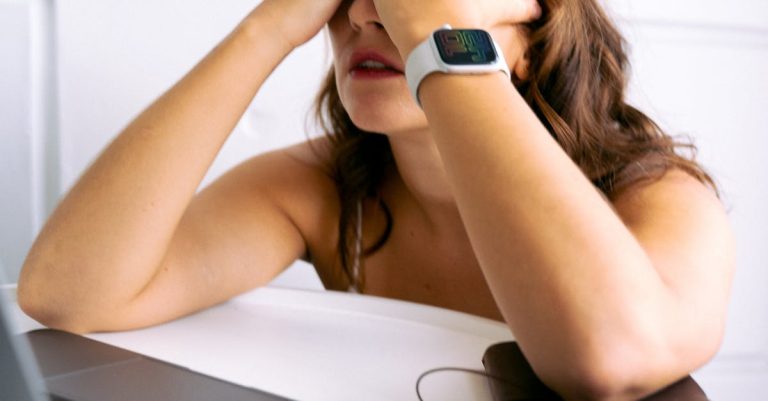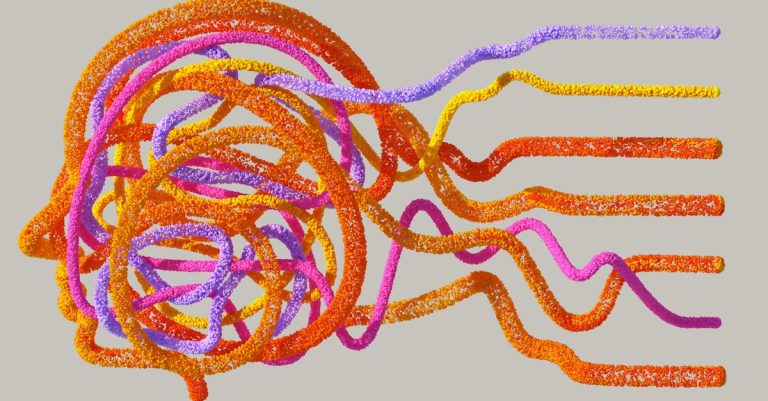In today’s fast-paced digital world, it’s easy to become overwhelmed by constant notifications, endless scrolling, and the pressure to be perpetually connected. This over-reliance on technology can lead to burnout, decreased productivity, and an overall feeling of dissatisfaction. In this ultimate guide to digital detox and better productivity, we’ll explore effective strategies to disconnect from digital distractions and enhance your focus and efficiency.
The Importance of Digital Detox
A digital detox involves taking a break from electronic devices, particularly smartphones, computers, and social media platforms. Here’s why it’s crucial:
- Improved Mental Health: Reducing screen time can lead to lower levels of anxiety and depression.
- Increased Productivity: Fewer distractions allow for deeper concentration and enhanced work quality.
- Better Sleep: Limiting device use before bedtime promotes uninterrupted and quality sleep.
- Stronger Relationships: Face-to-face interactions become more meaningful when you’re not distracted by your phone.
Signs You Need a Digital Detox
Recognizing when you need a digital detox is the first step towards better productivity. Here are some signs:
- You frequently check your phone, even when you don’t have notifications.
- You find it hard to concentrate on tasks without checking social media.
- Your screen time statistics show excessive usage (more than 3 hours a day).
- You feel anxious when you’re away from your devices.
Steps to Conduct a Digital Detox
Now that you understand its importance, let’s delve into practical steps for a successful digital detox:
1. Set Clear Objectives
Define what you want to achieve with your digital detox. Whether it’s reducing screen time or being more present in daily conversations, having clear goals helps to maintain focus.
2. Designate Tech-Free Zones
Establish areas in your home where devices are not allowed, such as the dining room or bedroom. This encourages interaction and restful moments without distractions.
3. Schedule Screen-Free Times
Allocate specific times in your day to engage without devices. Consider activities like reading, exercising, or enjoying nature.
4. Limit App Usage
Uninstall non-essential apps that consume your time. Use tools like Flora or Freedom to block distracting apps and websites during work hours.
5. Engage in Offline Activities
Rediscover hobbies and interests that don’t involve screens; engage in activities such as:
- Reading physical books
- Practicing mindfulness or meditation
- Doing puzzles or board games with friends
Reaping the Benefits of a Digital Detox
After following these steps, you’ll likely notice immediate benefits. Here’s what you can expect:
- Improved focus and clarity of mind.
- Boosted creativity and problem-solving skills.
- Stronger connections with friends and family.
- Enhanced overall well-being and life satisfaction.
Tips for Maintaining Long-Term Productivity
Once you’ve completed your digital detox, consider these tips to maintain a healthier relationship with technology:
- Regularly schedule digital detoxes.
- Communicate your boundaries with friends and family.
- Be mindful of the time spent on devices—consider using screen time tracking apps.
- Prioritize tasks and allocate specific times for checking emails and messages.
Conclusion
Embracing a digital detox can lead you to reclaim your time, focus, and mental health. By implementing intentional strategies to disconnect from technology, you can improve productivity and cultivate a more fulfilling life. Always remember, the goal isn’t to eliminate technology entirely, but to use it in a way that enhances, rather than detracts from, your daily life. Start your journey toward better productivity today!








